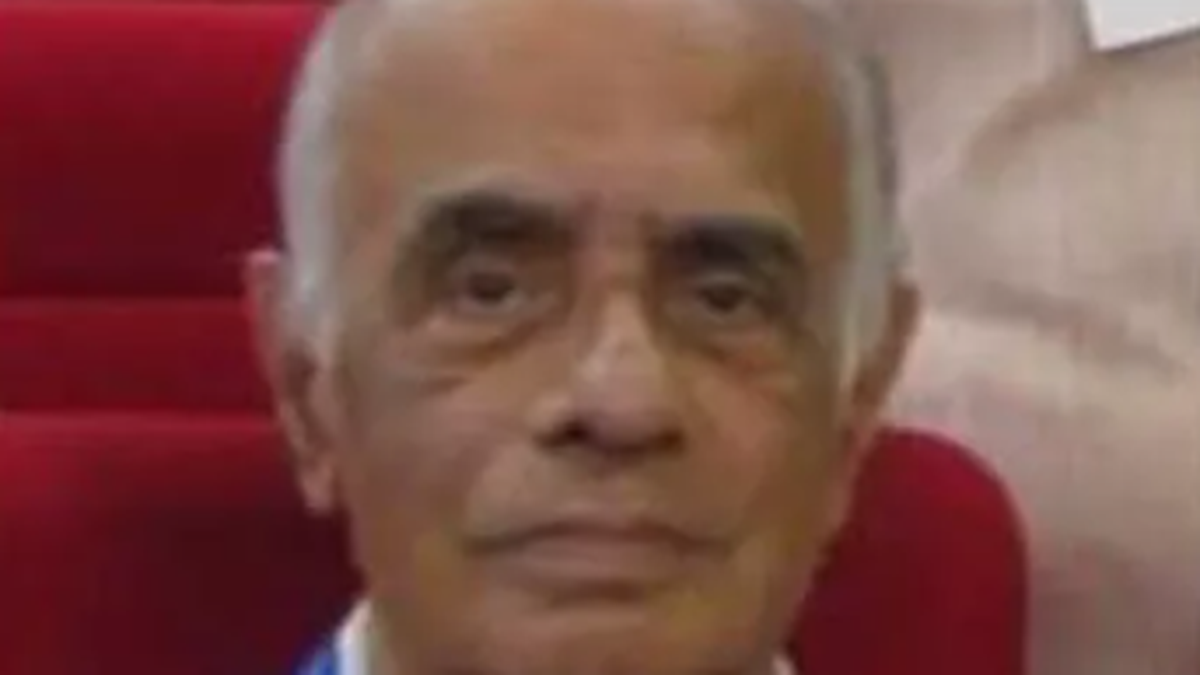Balachandra Rao. File
| Photo Credit: Special arrangement
The world of classical Indian astronomy and mathematics has lost one of its most distinguished voices. Balachandra Rao, a mathematician, astronomer and historian of science, was a scholar who dedicated his life to decoding India’s rich intellectual heritage while fearlessly challenging pseudoscience and advocating a scientific temper.
Trained in mathematics and Sanskrit, Rao had the rare ability to decode India’s rich astronomical heritage. His books Indian Astronomy: Concepts and Procedures and Ancient Indian Astronomy: Planetary Positions and Eclipses, became standard references for anyone keen to understand the concepts and procedures of classical Indian astronomy.
Rao taught mathematics at National College, Bangalore, for 35 years. After retiring, he directed Bharatiya Vidya Bhavan’s Gandhi Centre, lectured at the National Institute of Advanced Studies, advised the National Commission for History of Science and served the Indian Journal of History of Science for INSA. He has authored more than 30 books in English/Kannada and ground-breaking papers in IJHS, JAHH, and Ganita Bharati, illuminating India’s astronomical heritage for all.
Rao’s expertise lay in unravelling the complex astronomical algorithms of ancient Indian texts. He has touched upon: A solar eclipse occurs when the Moon blocks the Sun; a lunar eclipse occurs when Earth’s shadow engulfs the Moon. Similarly, Mercury/Venus crossing the Sun’s face is a ‘transit’ (asta). These are occultations when planets or stars get occulted by the Moon (samāgama) or each other (yuddha). Rao and Padmaja Venugopal decoded these phenomena in Sanskrit/Tamil texts, publishing landmark works ‘Eclipses in Indian Astronomy’ and ‘Transits in Indian Astronomy’, shining new light on Indian astronomy.
Yet, while celebrating these achievements, Rao was deeply concerned about the misuse of India’s intellectual legacy. He lamented how vague or exaggerated claims about “Vedic science” were being propagated without evidence. Determined to separate fact from fiction, he authored vedic mathematics and Science in Vedas (also available in Kannada as Vedic Mathematics Mattu Vedagalalli Vijnaana). In this critical work, he examined populist assertions, such as advanced vedic physics or interplanetary spacecraft, methodically distinguishing genuine knowledge from unfounded speculation.
Rao was a staunch advocate for a scientific temper. Two of his most influential works, “Tradition Science and Society” and “Astrology – Believe It or Not?”, were translated into Kannada. These Kannada Sahitya Parishat are essential reading for those seeking a rational perspective on tradition and modernity. Rao‘s legacy endures through his diligent scholarship, which never sacrificed rigour for popularity.
In times when ancient knowledge is often politicised and fictionalised, Rao stood as a steward of reason. His work remains a guide star, demonstrating how to critically appreciate the tradition through truthful understanding rather than uncritical glorification. His passing marks the end of an era. Still, his meticulous approach to India’s astronomical heritage will continue to inspire future researchers. He is survived by his spouse, Anasuya Shiraly and two sons Kedar and Karthik.
Published – May 16, 2025 10:33 am IST
